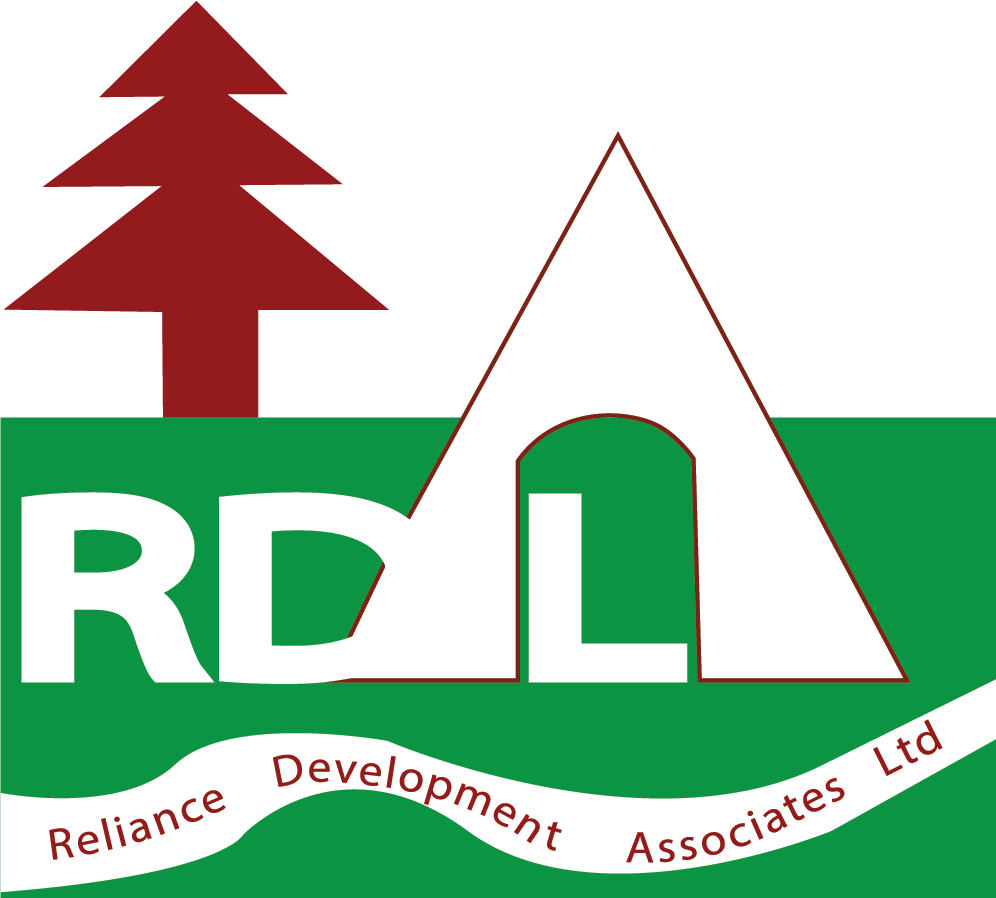Content
- How confident are you in your long term financial plan?
- The Effects of Job Standard Tightness and Compensation Scheme on Performance: An Exploration of Linkages
- The impact of fixed and variable cost on automobile demand: Evidence from Denmark
- Another Hidden Edge? Japanese Management Accounting
- Example 2- Standard Costing Variance
It would help if you also had well-defined goals, a clear understanding of your data, and a commitment to continuous improvement. Once all of the variances have been calculated, they can be summarized and presented in various ways. One standard method is to present them as a percentage of the total Standard Cost. A positive yield variance indicates that more product was produced than expected, while a negative yield variance indicates that less product was produced than expected.
What is standard cost example?
Standard cost = ₹3,00,000 (materials cost) + ₹7,50,000 (direct labour) + ₹3,40,000 (manufacturing overhead) = ₹13,90,000. The company can estimate the cost of manufacturing one unit of running shoes, by dividing the standard cost by the total number of units, which for this example is ₹4634.
In addition, it can track its inventory and manufacturing costs without adhering to the predetermined costs. Price variance is most often analyzed on purchased components and material and is the difference between the standard cost captured at the cost roll and the actual price paid. As such, one of the most critical problems in industrial enterprises’ accounting functions is the allocation of indirect costs.
How confident are you in your long term financial plan?
If the result is positive, the project is under budget; if negative, it is over budget. For example, suppose a company expects to spend $500 on labor costs Standard costing next year but ends up spending $700 due to inflation and a labor shortage. The resulting $200 difference is an unfavorable cost variance in that case.
(b) Use of current standards which closely represent expected actual performance, is economical. Such attainable standards can be used in planning, budgeting and control processes. Where standards are not close to expected actual performance, they may be applicable for control purposes, but are not realistic for planning and budgeting use. (iii) Also included in the price standard are any freight or shipping costs the company will have to pay to obtain the materials.
The Effects of Job Standard Tightness and Compensation Scheme on Performance: An Exploration of Linkages
The yield variance in standard costing is the difference between the actual output of a process and the expected output of that process, multiplied by the standard cost per unit. If a company has a very complex manufacturing system, with multiple items being produced, it is often impossible to single out the standard costs for one product unit. Analyzing a product unit can help a company determine its value, however, it would need to be done using actual costs as opposed to standard costs.
It is difficult to apply this method where production takes more than one accounting period. Standard costing may not be effective in industries which deal in non-standardised products or jobs according to customer’s requirements. Normal standard is the average standard which can be attained over a future period of time covering one trade cycle. This average standard takes into consideration both booms and depressions.
The impact of fixed and variable cost on automobile demand: Evidence from Denmark
Standard costs are typically determined during the budgetary control process because they are useful for preparing flexible budgets and conducting performance evaluations. The standard costing technique is used in many industries due to the limitations of historical costing. Review this article on how to develop a standard cost system for more details. Imagine being the manager of the Boston Celtics and having to pay one player almost half of your entire budget! Clearly, controlling costs in this type of business environment is a challenge, and budgeting is a crucial element in achieving financial success.
- Adequate number of standard products or components should be manufactured.
- It is very difficult to distinguish between controllable and uncontrollable variances.
- Analyzing variances is a key step in controlling manufacturing costs and improving performance.
- First, it can help to identify problems in the manufacturing process.
- These manufacturers will also compare the standard cost to the actual costs.
- This means that the static budget will always show a surplus (in other words, actual costs will always be less than fixed-budgeted costs).
The same distortions are inherent wherever costs are allocated using standard costing. Since the dawn of the industrial age, tracking of production costs has been a challenge for accountants. The concept of inventory was not new when mass production started, but in-process jobs were a new creation. At the start of the industrial revolution inventory accountants tracked historical costs (first in, first out), which was enough for the general store but not the plant floor. In the 1920’s standard costing came into wide use as the solution for allocating indirect costs to production jobs.
